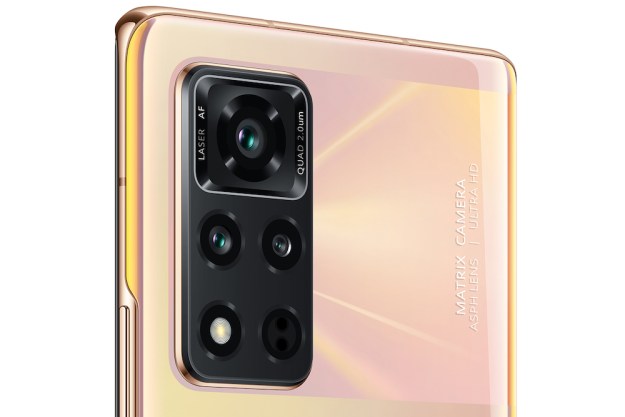When Huawei introduced the Mate 30 Pro, the virtual volume controls quickly became one of the more controversial aspects of the design and functionality, as they didn’t work well enough to be an effective replacement for real buttons. For its successor, the Mate 40 Pro, Huawei seemingly understood this, dropping the virtual controls and reintroducing a physical button on the chassis edge.
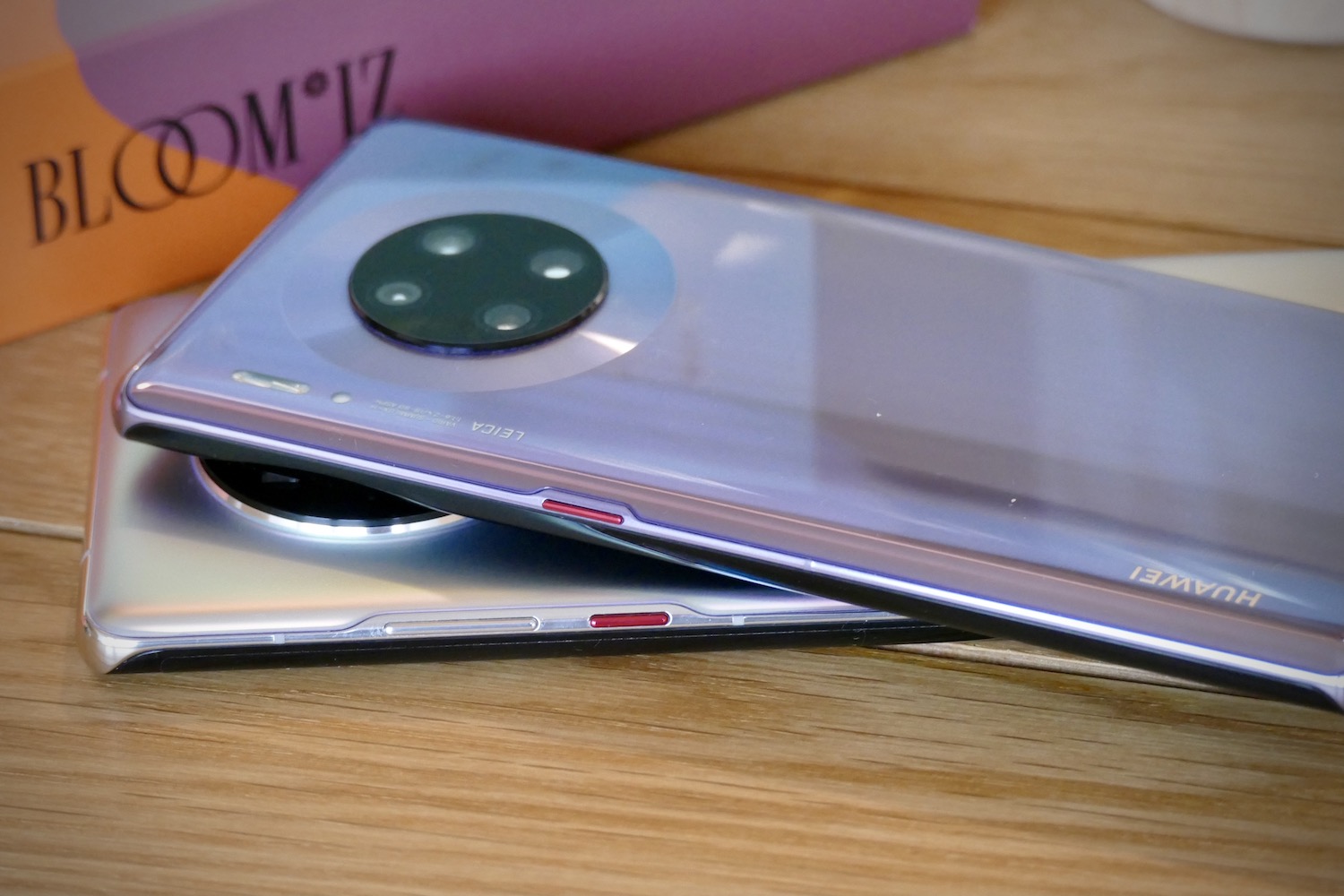
However, all is not what it seems, and the Mate 40 Pro actually features the best of both worlds; Huawei has slipped a secret virtual button onto the phone’s screen, too. Huawei’s chief designer Quentin Ting explained to Digital Trends in an interview how this change came about, and we look at why it matters for the future of phones.
What is a virtual volume button?
Simply, a virtual button is a tech-driven, touchscreen alternative to a physical hardware button. On the Huawei Mate 30 Pro, this was facilitated by the introduction of the “Horizon” display, which cascaded over the edge of the device at an 88-degree angle. A double tap on the top of the screen’s side called up the volume controls, which were then adjusted by sliding your finger up and down on the screen edge.
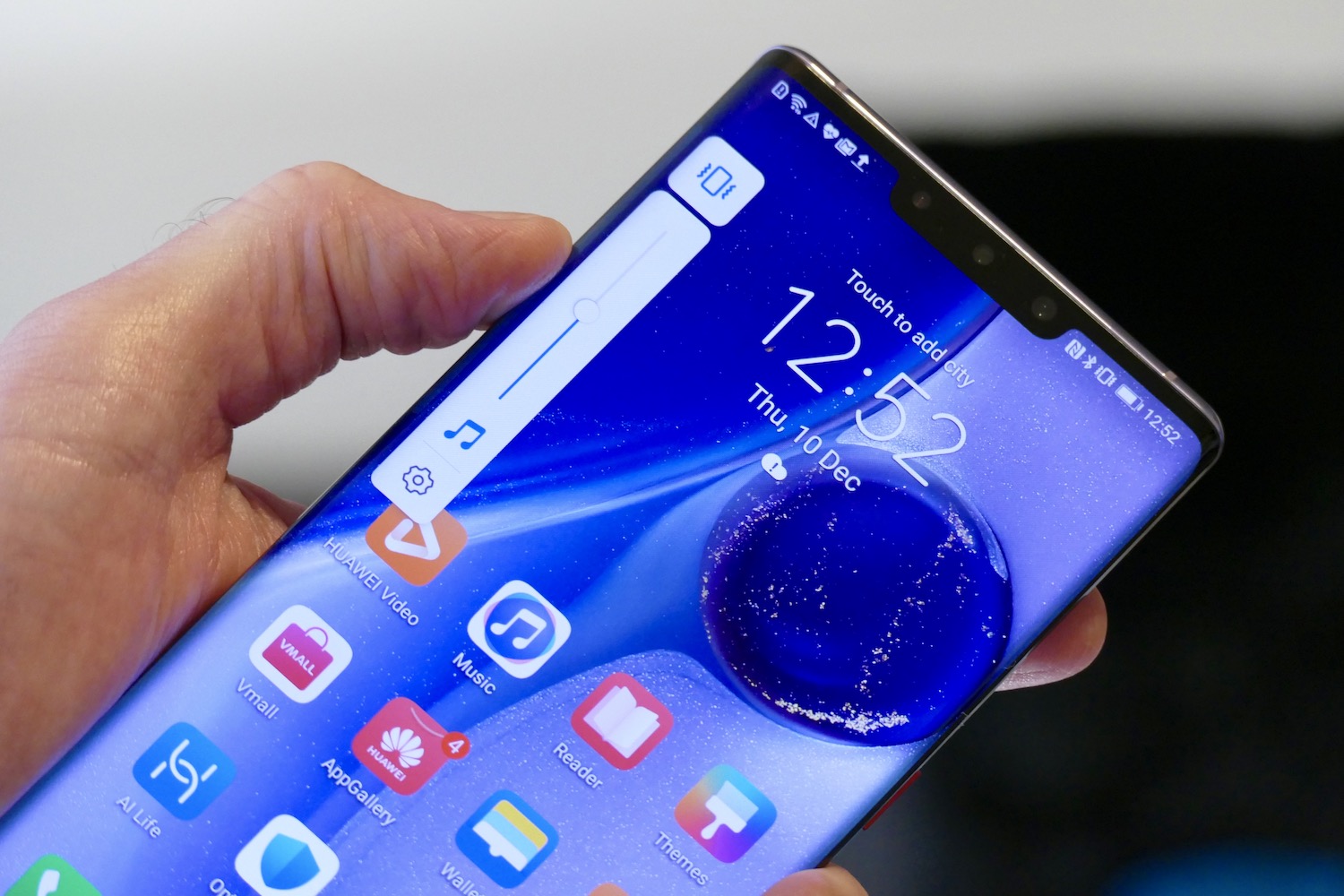
In reality, the control never appeared the first time you asked it to, which made quickly adjusting the volume impossible. While software updates helped improve reliability, it was nowhere near as easy as using a physical button. Huawei’s quest for a high-tech solution to a problem that didn’t need to exist brought to mind the old adage, “if it’s not broken, don’t fix it.”
Ting talked honestly about reception to the feature on the Mate 30 Pro.
“We introduced the Horizon display on the Mate 30 series and, back then, we wanted to generate a great visual impact, and therefore canceled out the physical buttons,” he recalled. “This was our first experiment in creating a virtual volume button. After the launch of the phone, we received polarized feedback. On one hand, some really liked the feature because it was technology driven, but on the other hand, we got some complaints because it was sometimes difficult to wake up the volume control.”
The physical button is back
Fast-forward to the launch of the Mate 40 Pro and you’ll find a traditional physical volume rocker on the side of the phone, despite the chassis having a very similar Horizon display. It’s set low down on the phone’s side, just above the power button. Compare the two phones alongside each other, and the power buttons are in essentially the same position, and any difference in the screen’s curve isn’t noticeable.
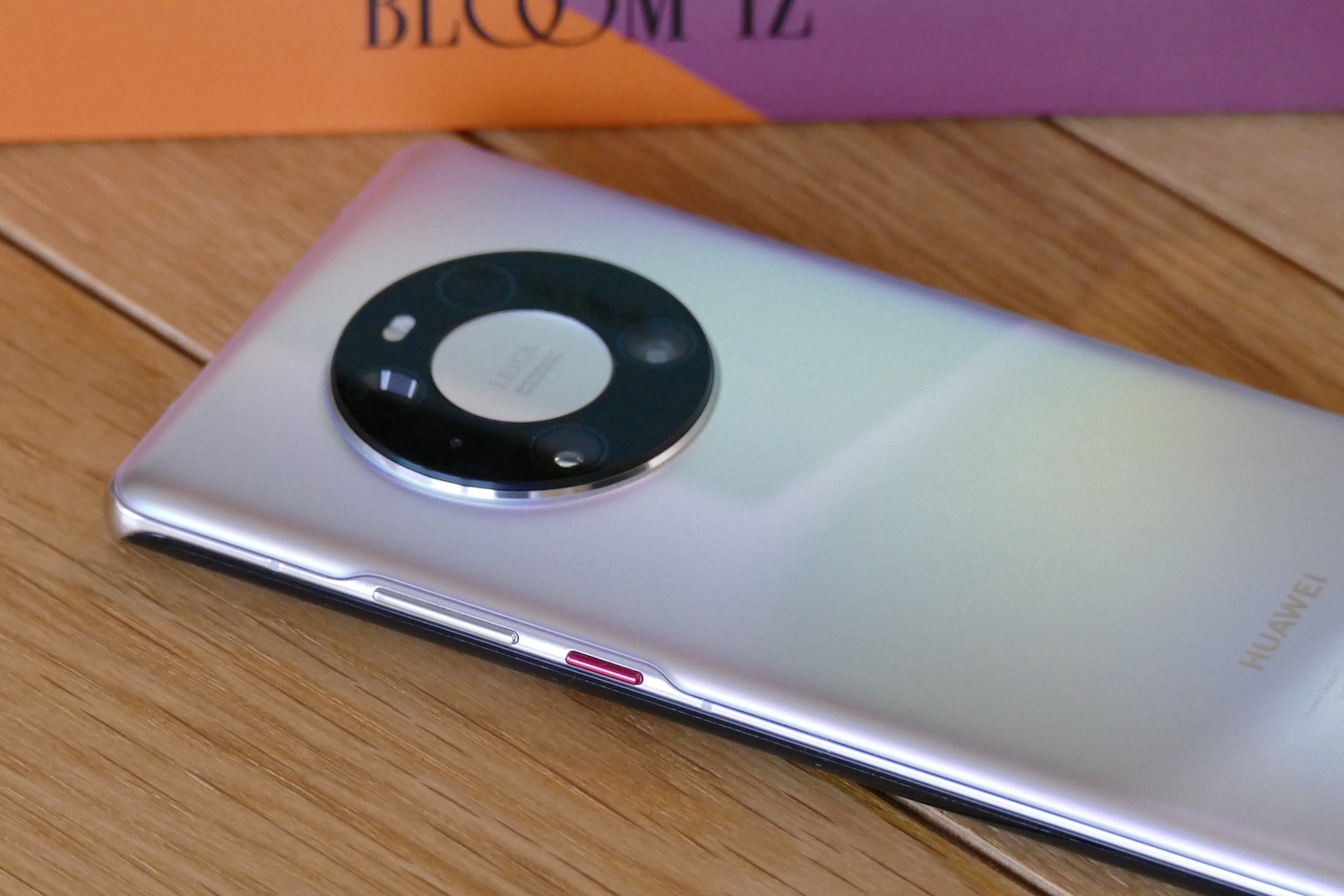
Ting talked about the decision to bring the physical button back, and also revealed that the virtual button hasn’t actually gone away completely.
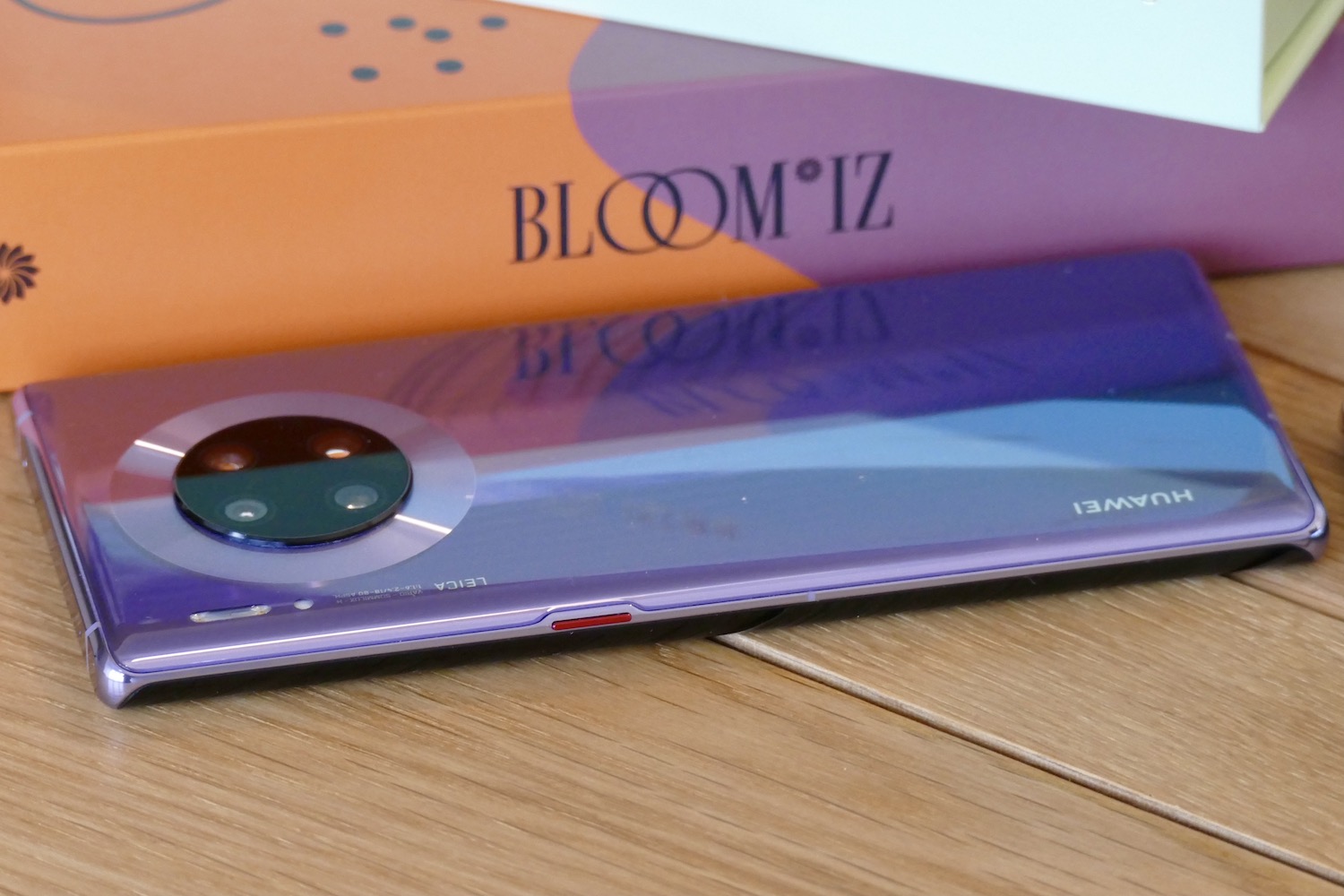
“We listened and thought about the issue,” he continued. “When we started the Mate 40, we thought there was a better solution. We kept the physical button, but on the other side of the phone, you can still trigger the virtual button. I believe this is a milder, more harmonious approach, and it has been better received by Mate 40 owners.”
Volume on the left and right
Sure enough, tap twice on the left-hand side of the screen on the Mate 40 Pro and a virtual volume button appears. But why keep it in? Ting pointed out that by offering a volume control on the left-hand side of the phone, adjusting the volume becomes more convenient for both left and right-handed people. Advancements in accessibility and ease of use for more people makes this approach very welcome, and it’s only possible by combining physical and virtual controls, and a cascading Horizon-style screen on the phone.

Operational improvements only matter if they’re actually usable, and not tech for the sake of tech, as it felt on the Mate 30 Pro. The good news is the action is more reliable on the Mate 40 Pro, with the controls popping up consistently on first request. The slide of your finger is matched with a pleasing degree of haptic feedback.
It’s a serious improvement over the Mate 30 Pro’s feature, and is excellent news for the future of virtual buttons. I didn’t have to dig into the Settings to activate it either – it’s on by default. Oddly, Huawei did not mention the feature much at launch, which is a shame considering how greatly it has been improved from its implementation on the Mate 30 Pro.
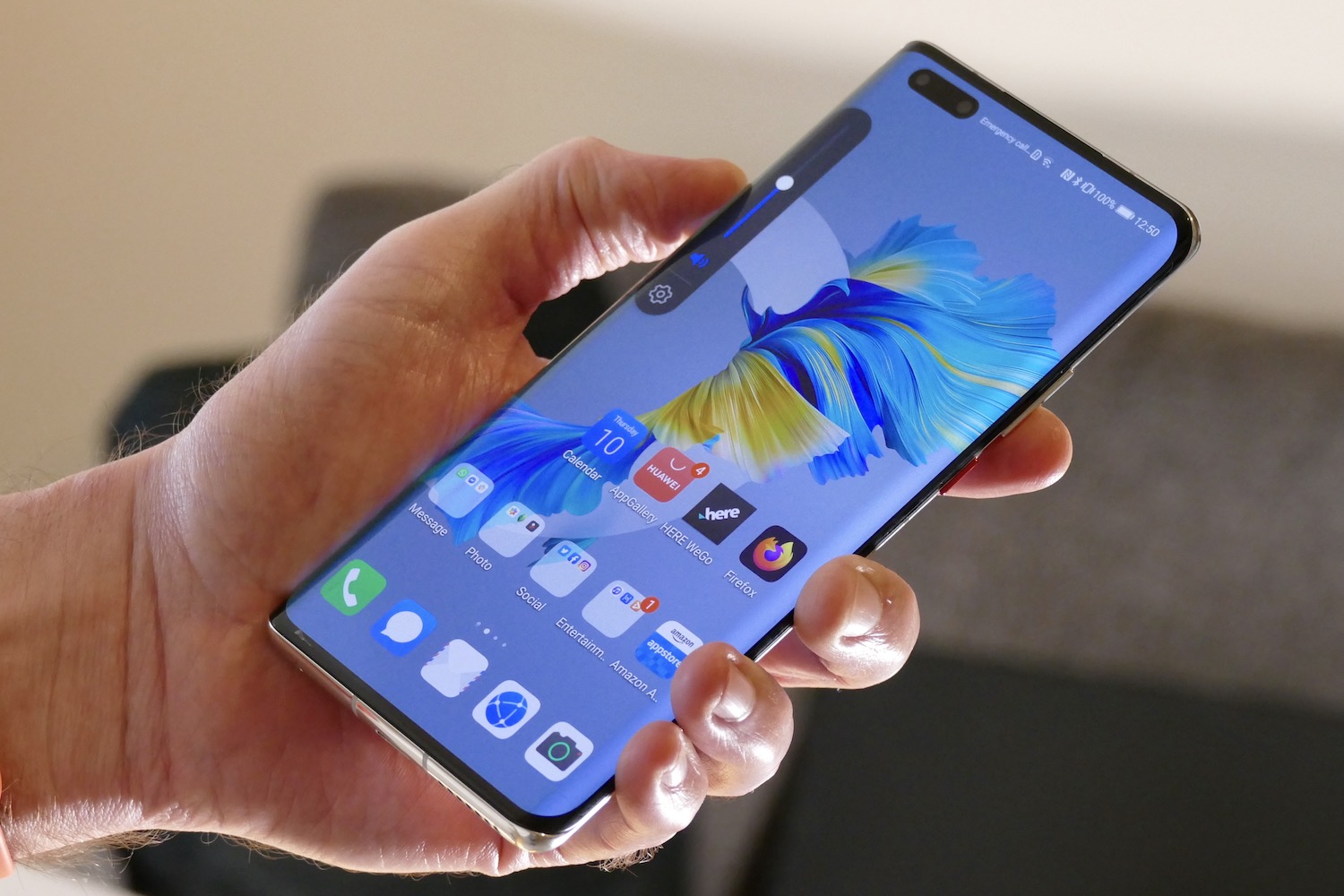
Are virtual controls the future? Digital Trends recently spoke to Sentons, the company behind the virtual Air Triggers on the Asus ROG Phone 3 — which operate like shoulder buttons found on console controllers, and are for playing games — about how it’s adapting the technology to operate the camera’s zoom and shutter button, and to emulate physical camera controls virtually on the side of a phone.
The technology is clearly improving. We’re beginning to see more examples of it in use, and more ways to implement it are being found. As we move further away from physical buttons on our smartphones, whether it’s volume controls, camera controls, or further accessibility measures, it appears the space on the side of future phones will become highly sought-after. But as Huawei discovered through the Mate 30 and Mate 40 phones, the best way is to combine both physical and virtual elements for the ultimate in convenience.
Editors' Recommendations
- I’ve used Android phones for 10 years, and I hate these ones the most
- Huawei’s Mate 50 Pro is here with an insane 200x zoom
- Huawei’s P50 Pro launches with 200x camera zoom, but leaves out 5G
- Leaked Huawei P50 Pro shows it may have a very unusual camera module design
- Huawei P50 may be the first smartphone to launch with HarmonyOS




